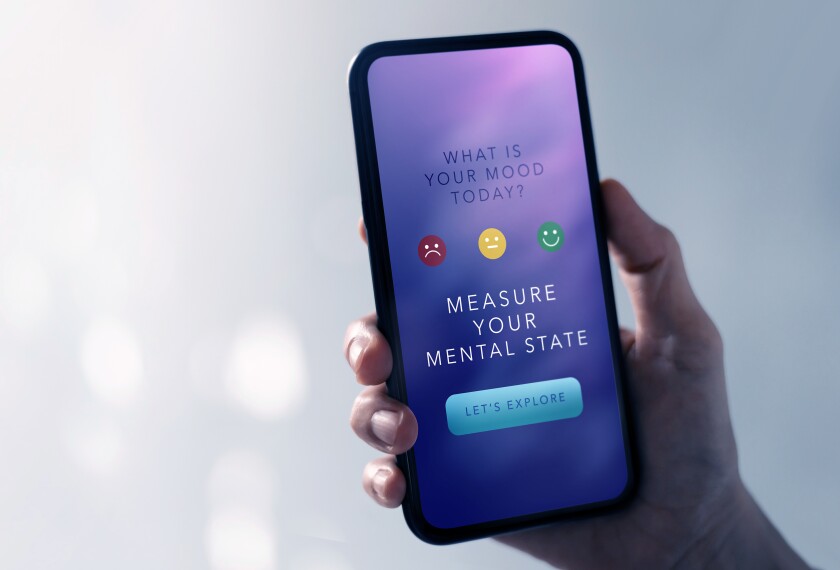Boys and girls play many of the same sports. But when it comes to noncontact injuries of the anterior cruciate ligament—a tough band of tissue that connects the upper and lower leg bones—studies have shown that girls are up to eight times more likely to suffer them than boys are.
The American Academy of Orthopaedic Surgeons and the National Athletic Trainers’ Association have teamed up to educate athletes, coaches, and parents about the prevalence of the injury. Although surgery and rehabilitation can return full function to the knee, people with ACL injuries often suffer from arthritis in the joint later in life.
“Once you reconstruct it, it doesn’t make it normal,” said Dr. Letha Y. Griffin, the spokeswoman for the Rosemont, Ill.-based AAOS and a surgeon at the Peachtree Orthopaedic Clinic in Atlanta. “The injury leaves its toll.”
Researchers are not quite sure why girls and women seem to incur more ACL injuries than boys and men do. The ruptures or tears occur when the tibia, or lower leg bone, slides too far forward past the femur, or thigh bone. Noncontact ACL injuries are most common in sports like basketball and soccer that require quick pivots and stops.
Some doctors hypothesize that female athletes have weaker hamstring muscles, a situation that reduces the stability of the knee joint. Males and females also move differently during athletic activities. Estrogen, the female sex hormone, has also been implicated as a factor leading to weaker ligaments.
Preventing ACL injuries is tricky. But educating school coaches about the risks that female athletes face is key, said Marjorie J. Albohm, the president of the athletic trainers’ group. Exercises that focus on strength and agility can help strengthen the muscles that stabilize the knee joint, she said. Other helpful exercises teach female athletes how to jump and land correctly.
School athletic trainers and coaches can find out more online, through such Web sites as www.aclprevent.org.
“You have to have a thorough conditioning program,” Ms. Albohm said. “And to have people trained in the prevention of injuries helps immensely in implementing these activities.”





